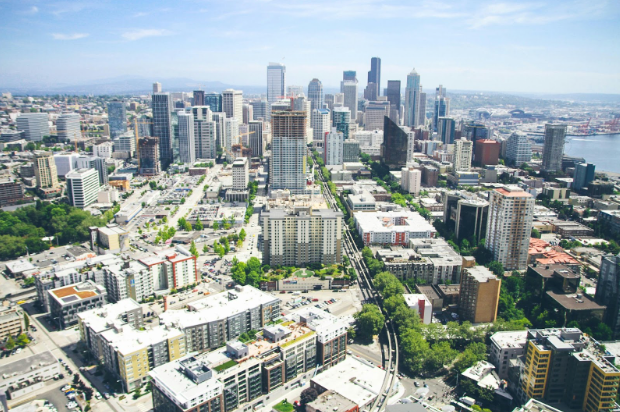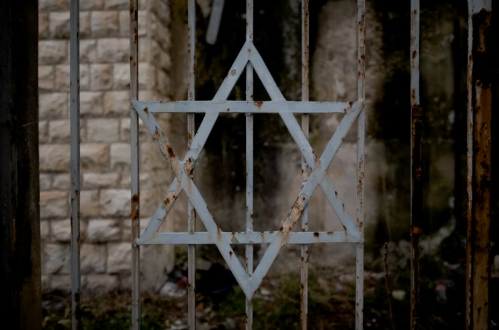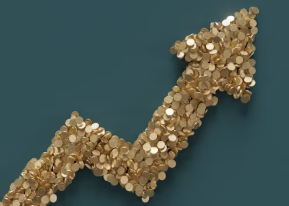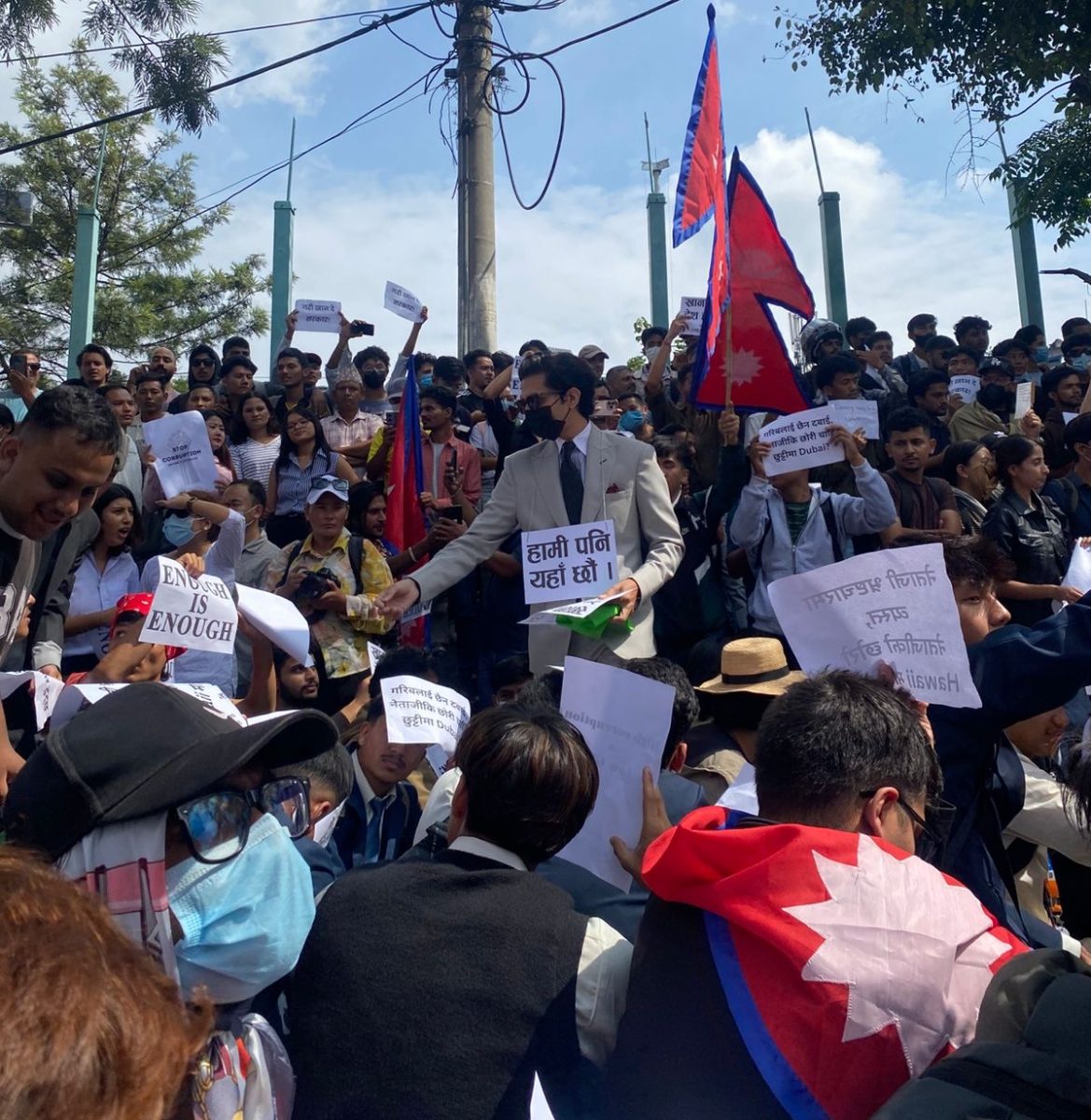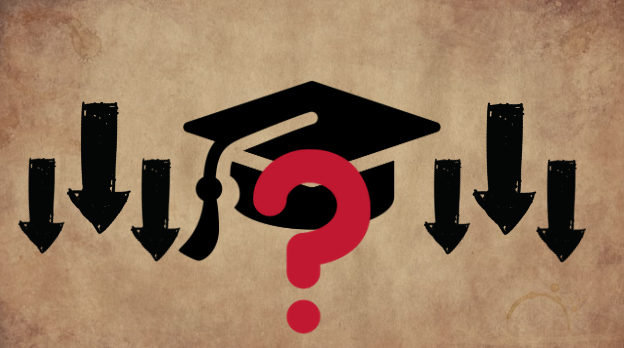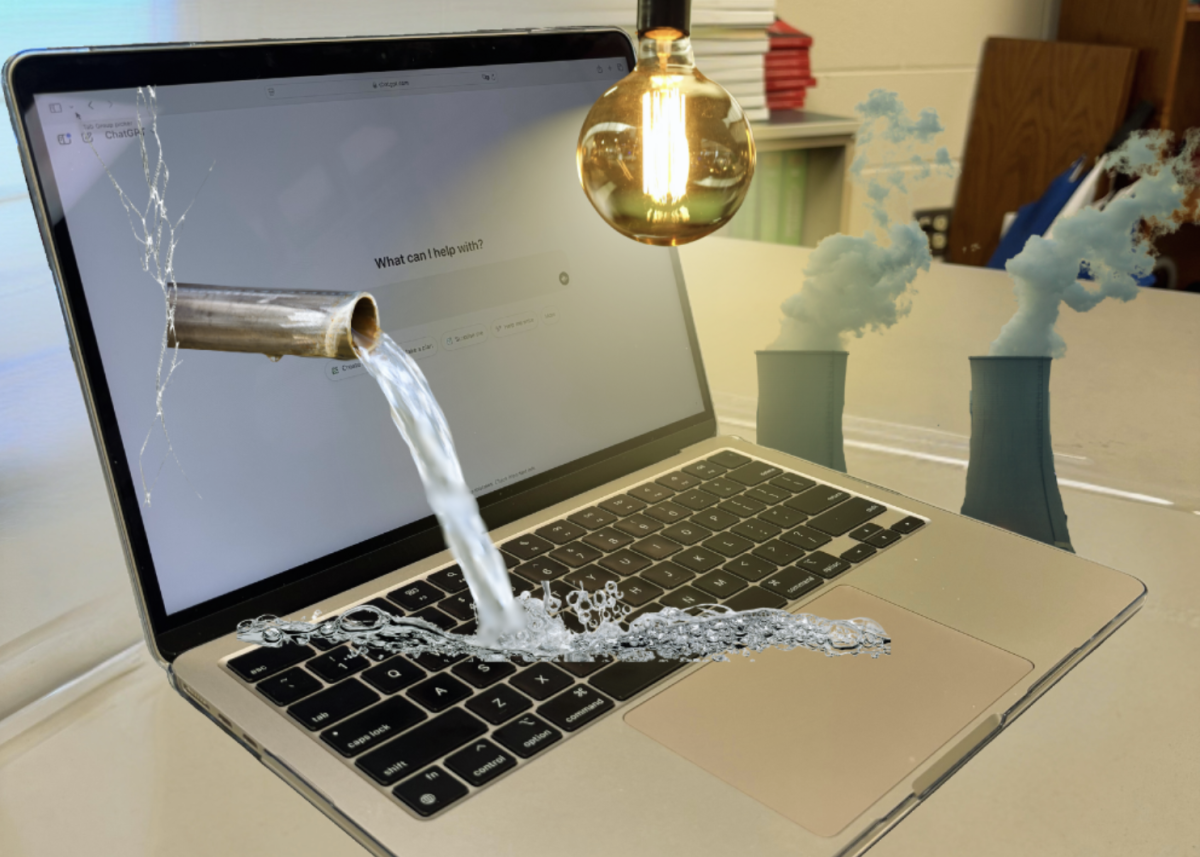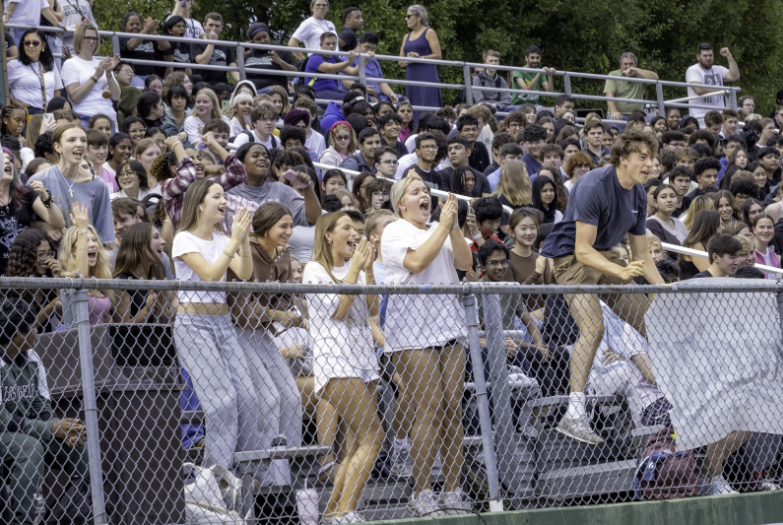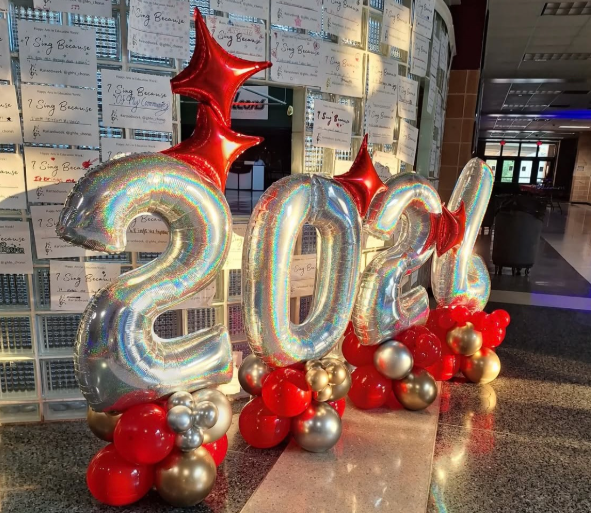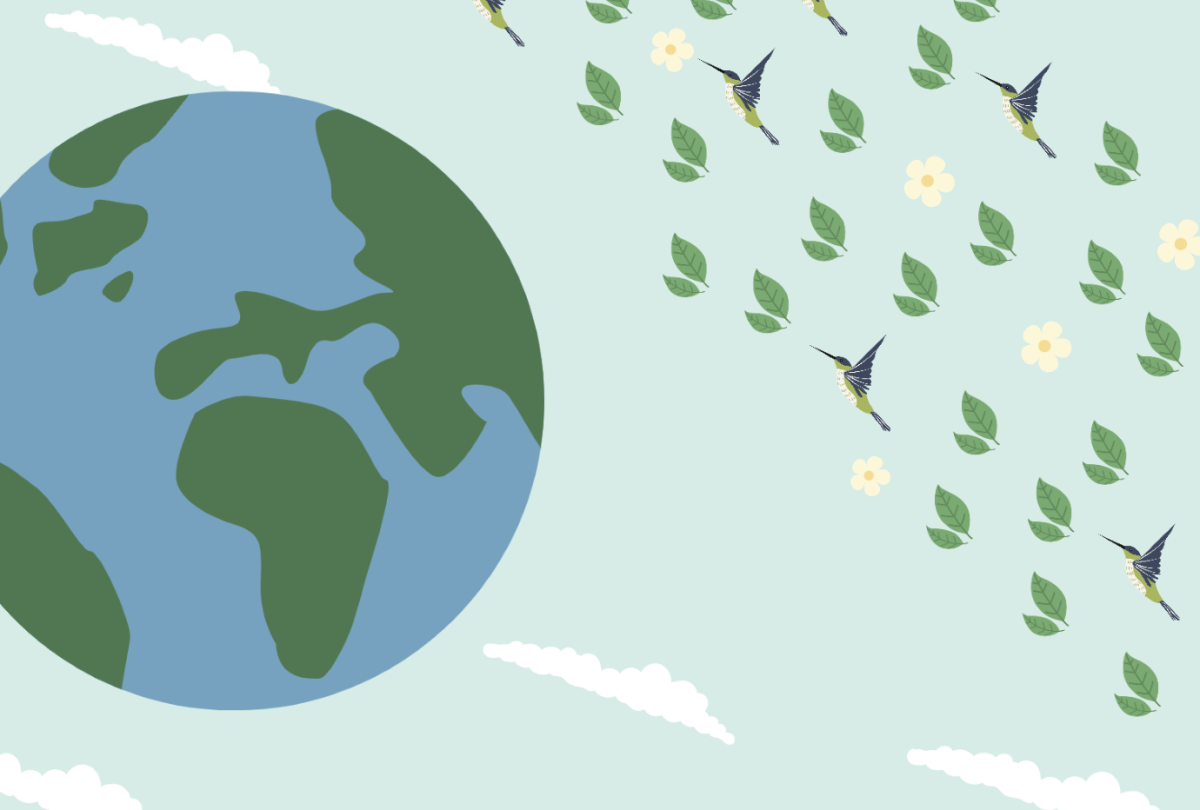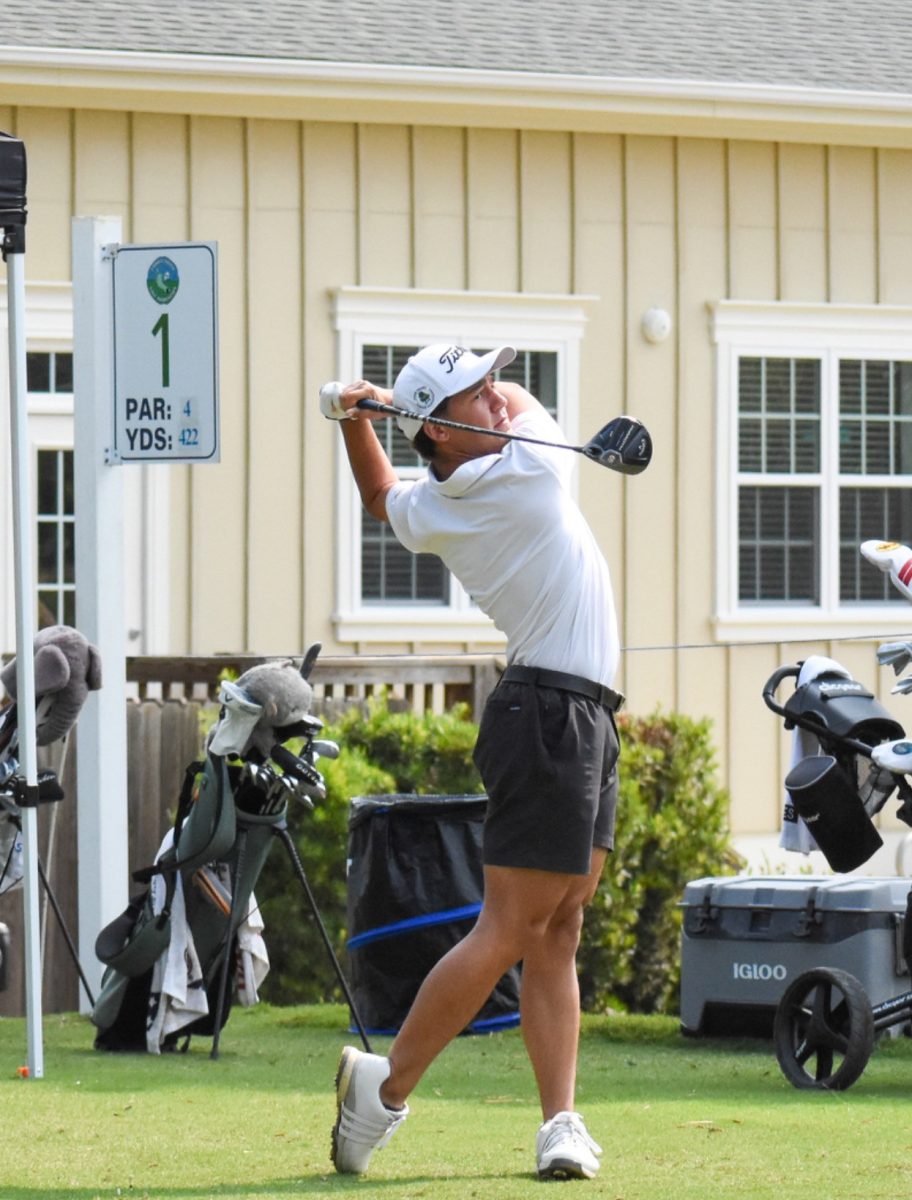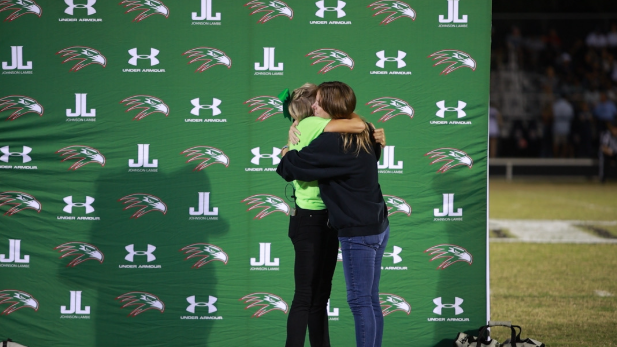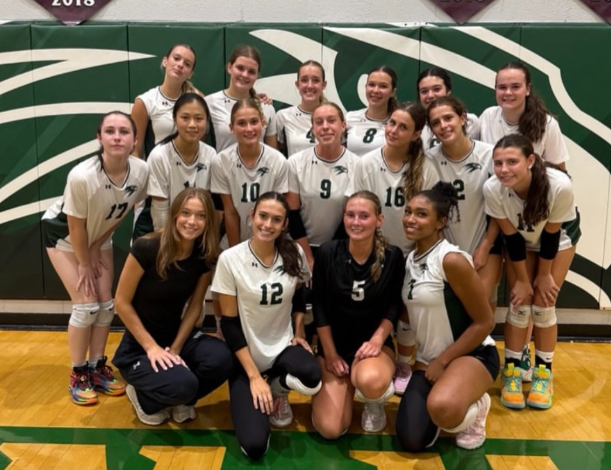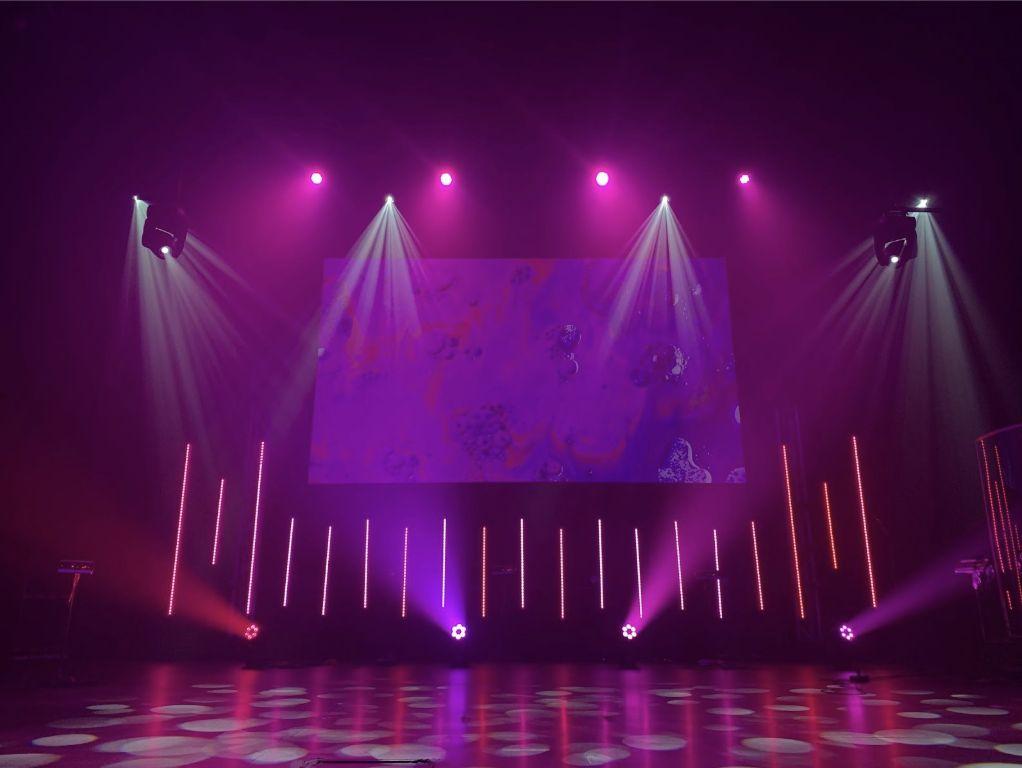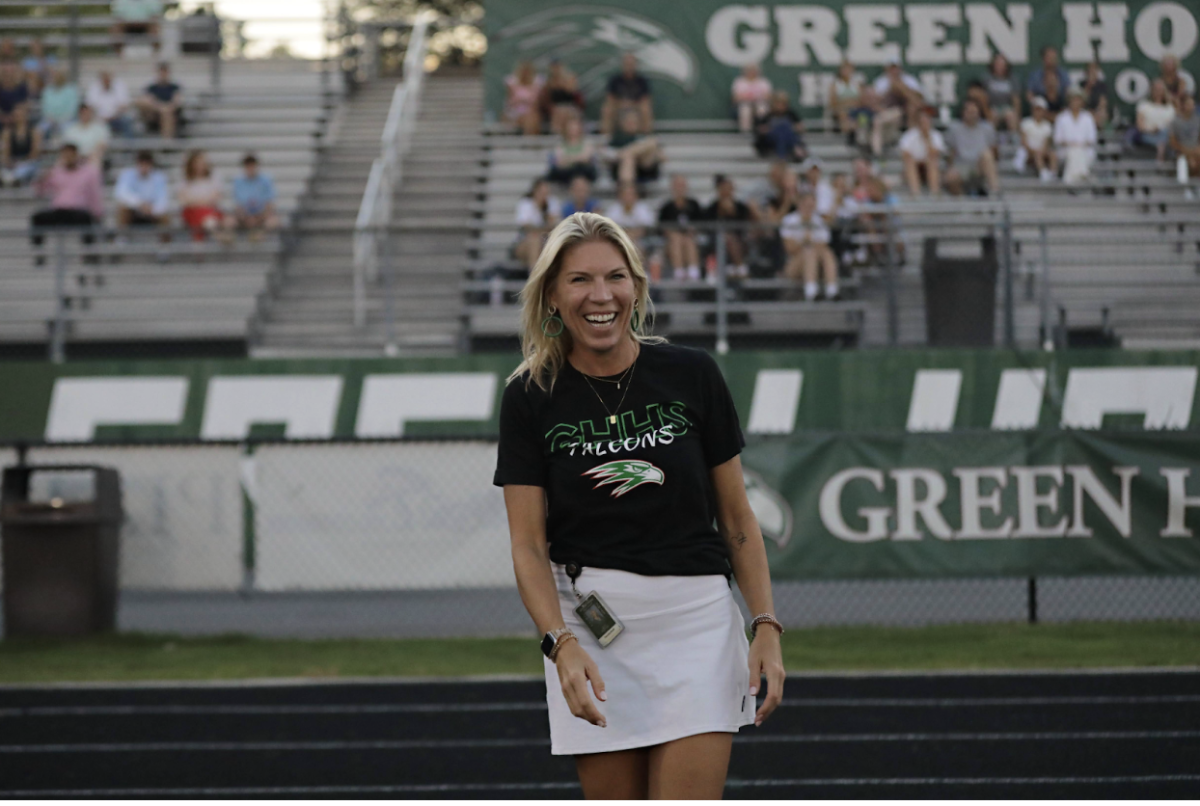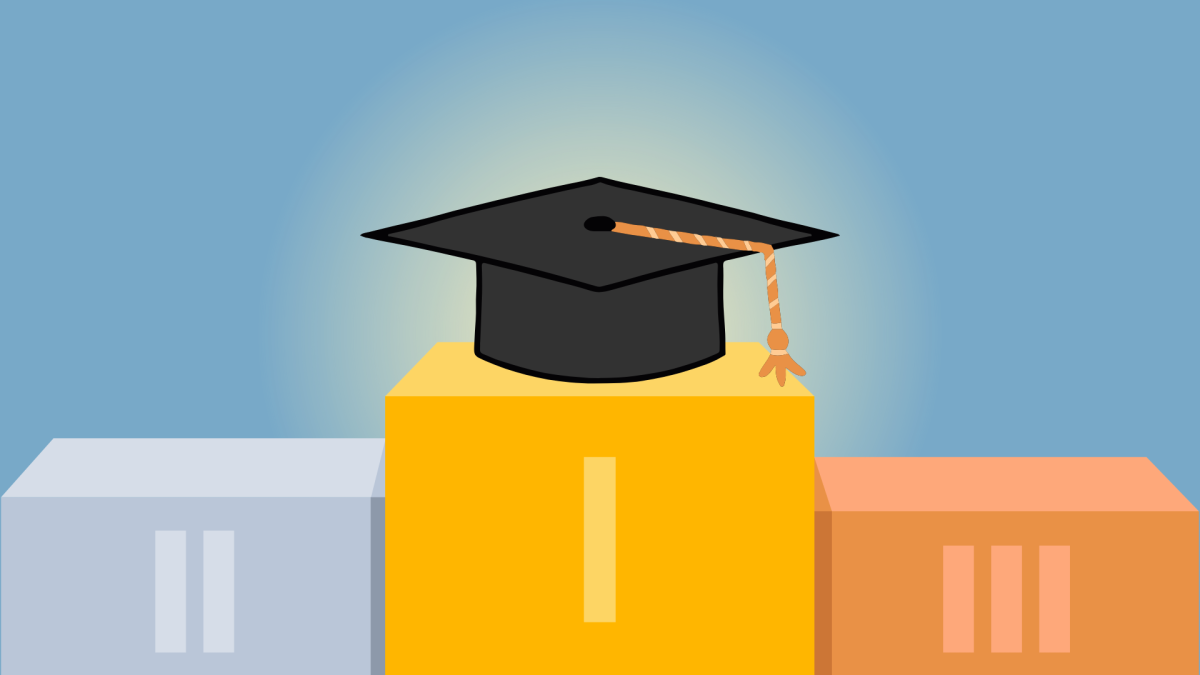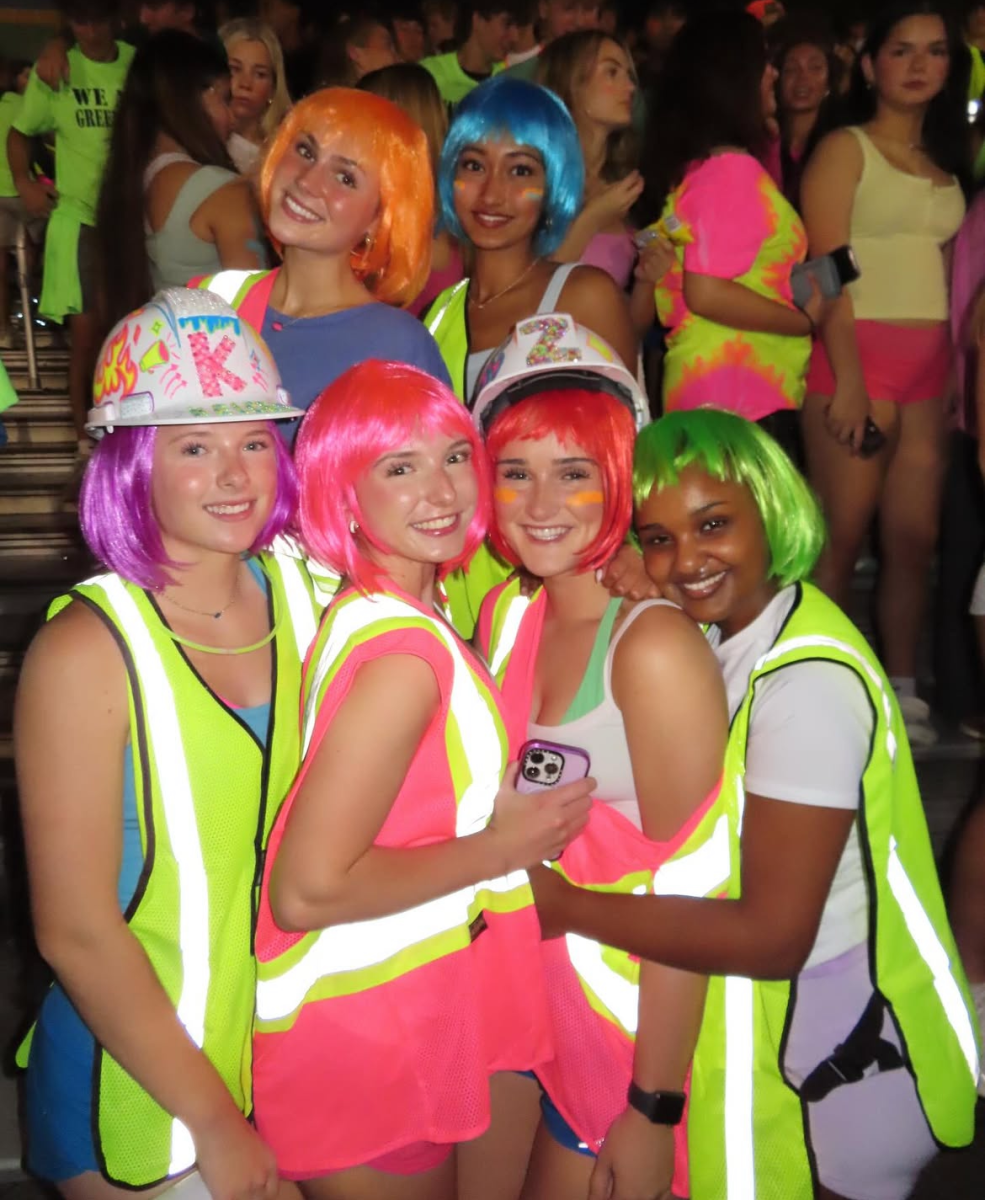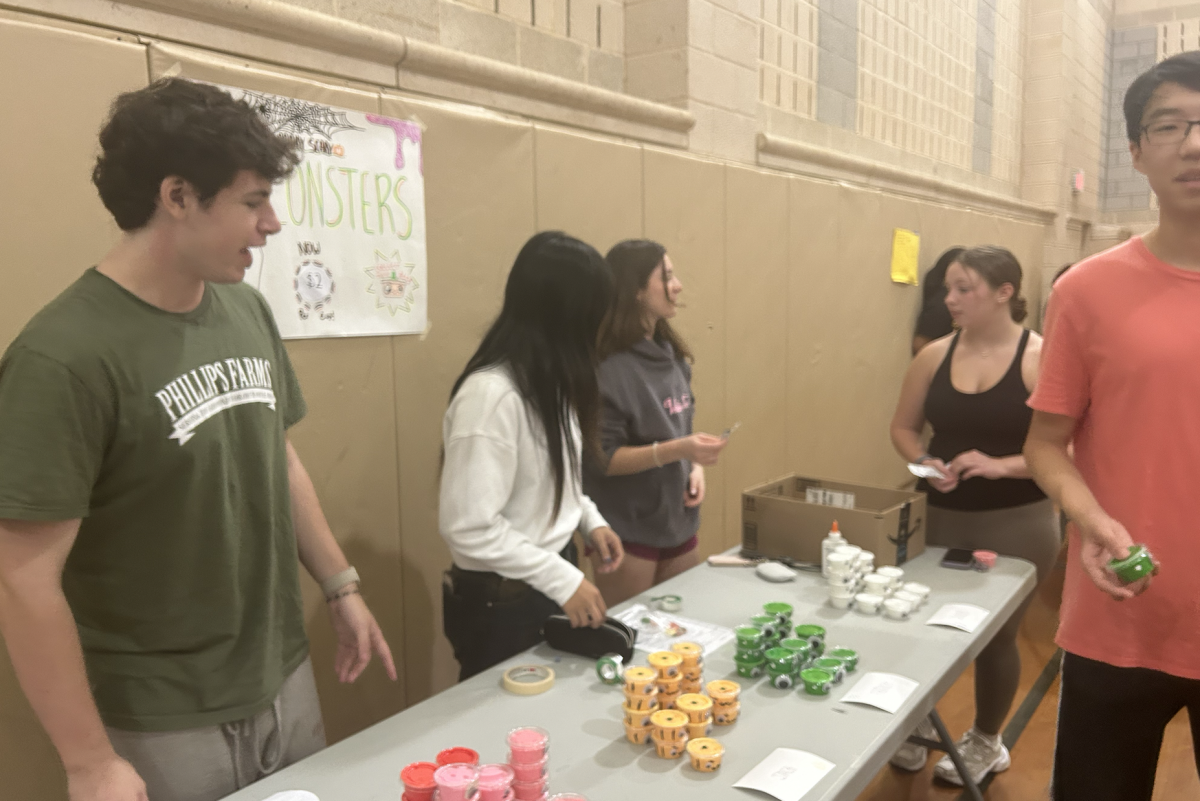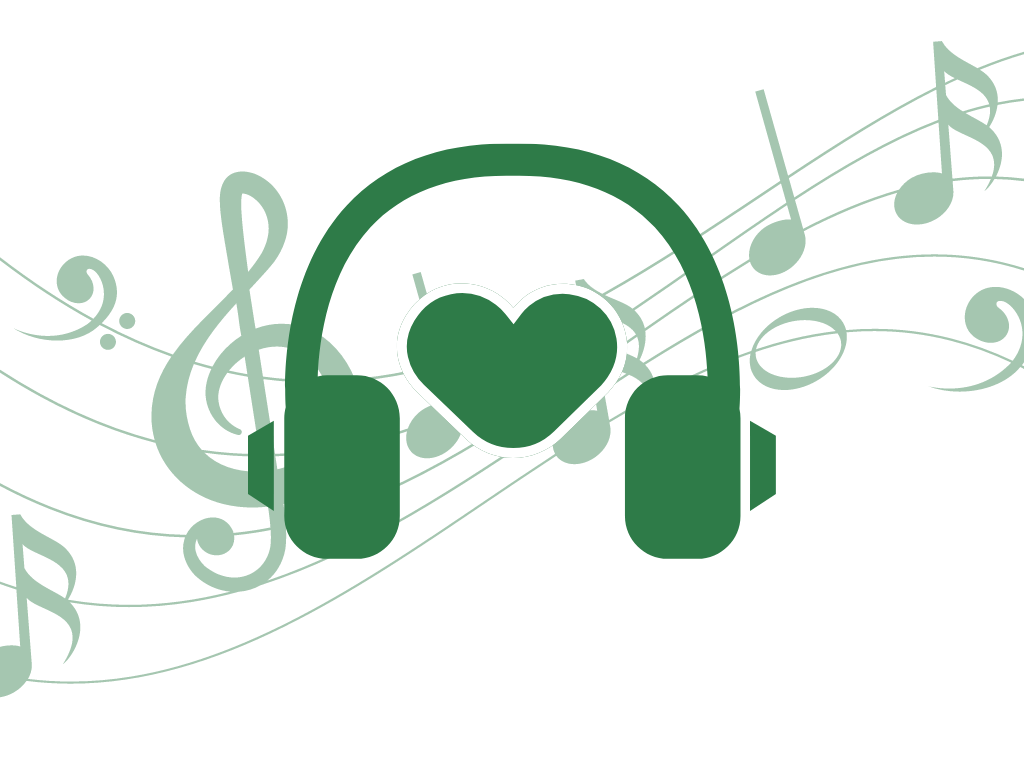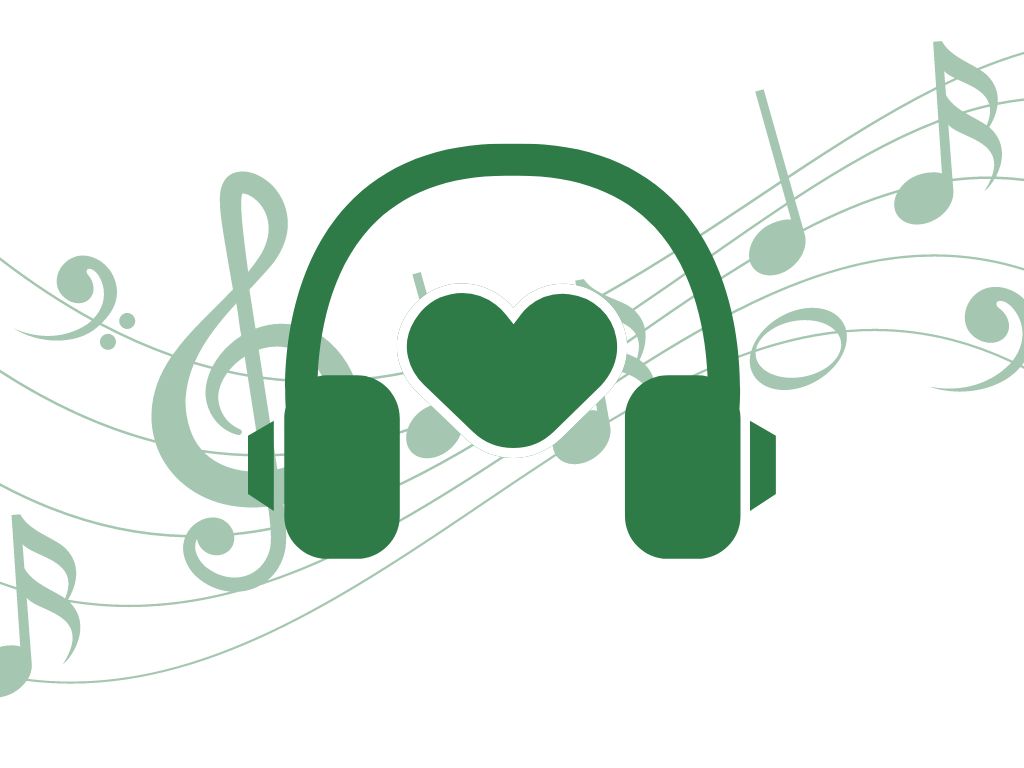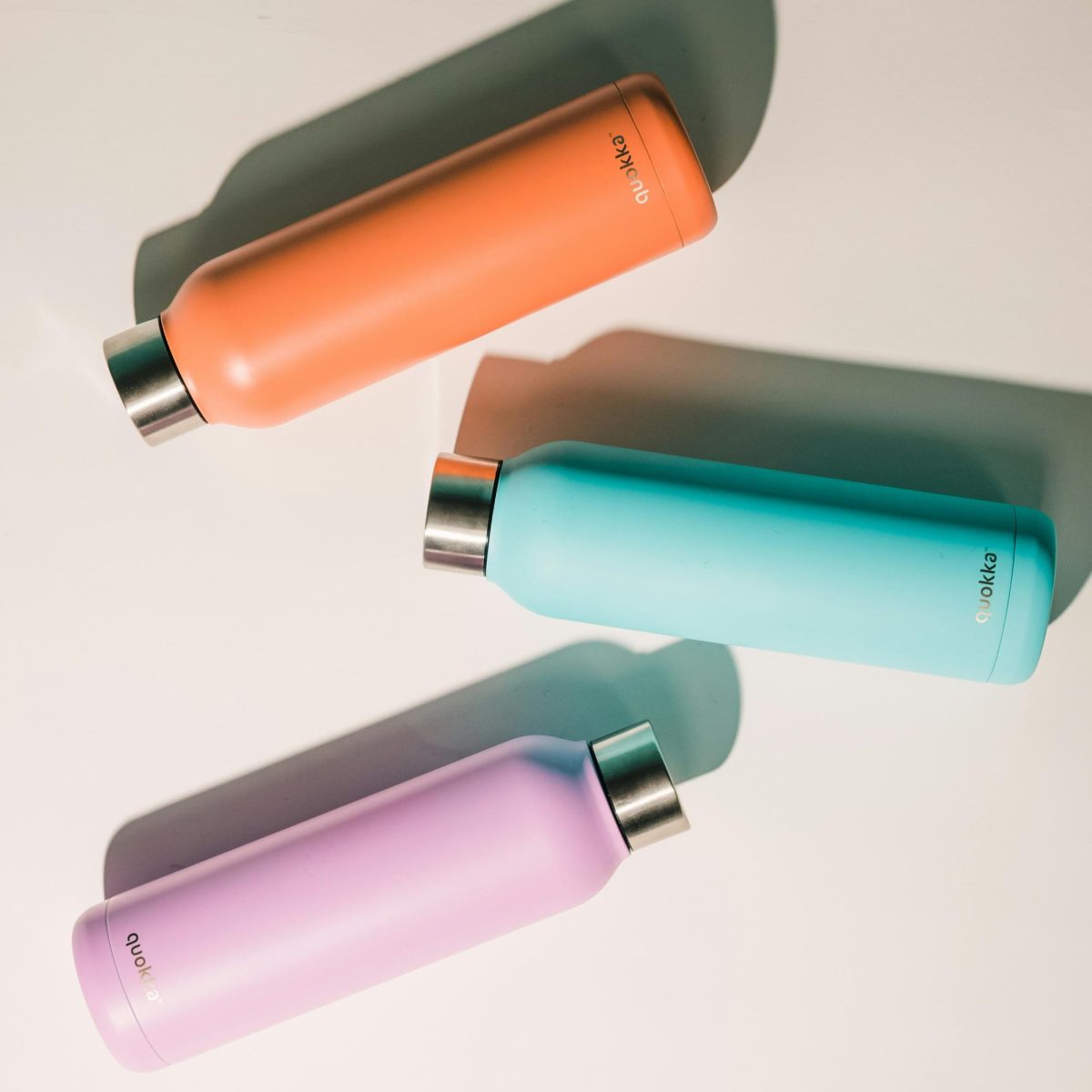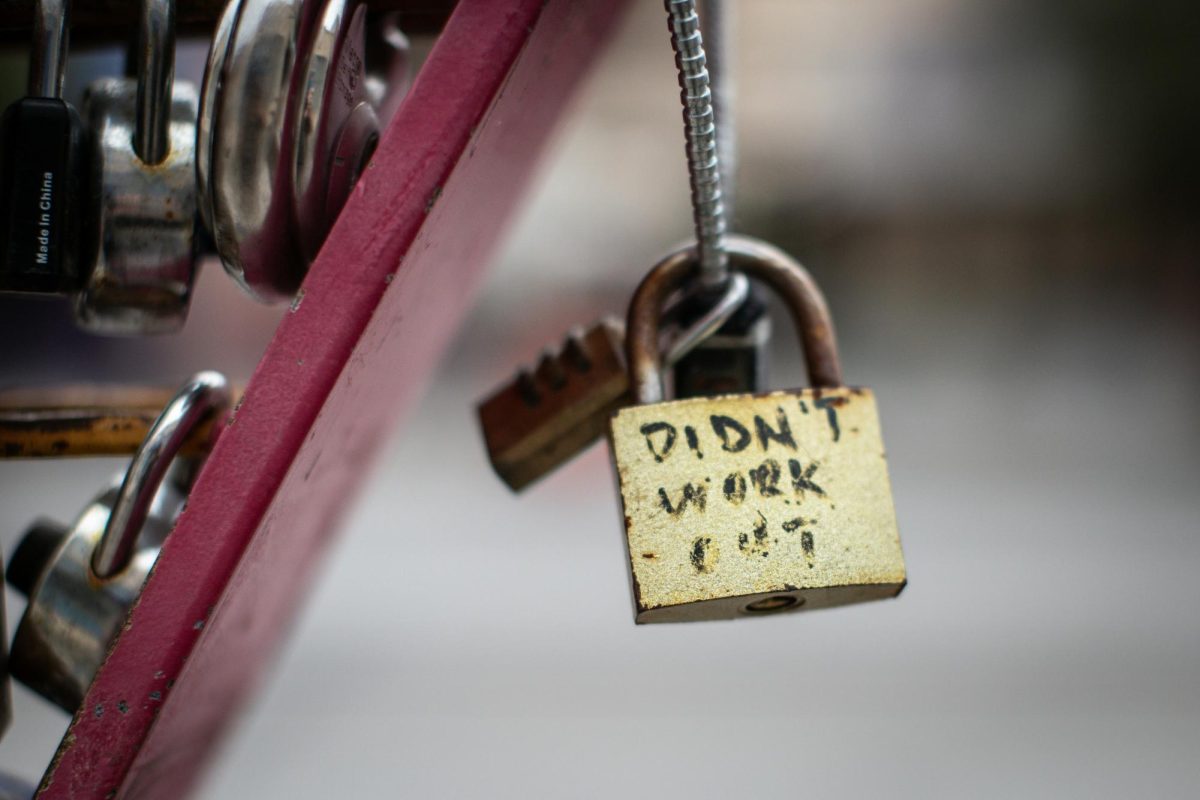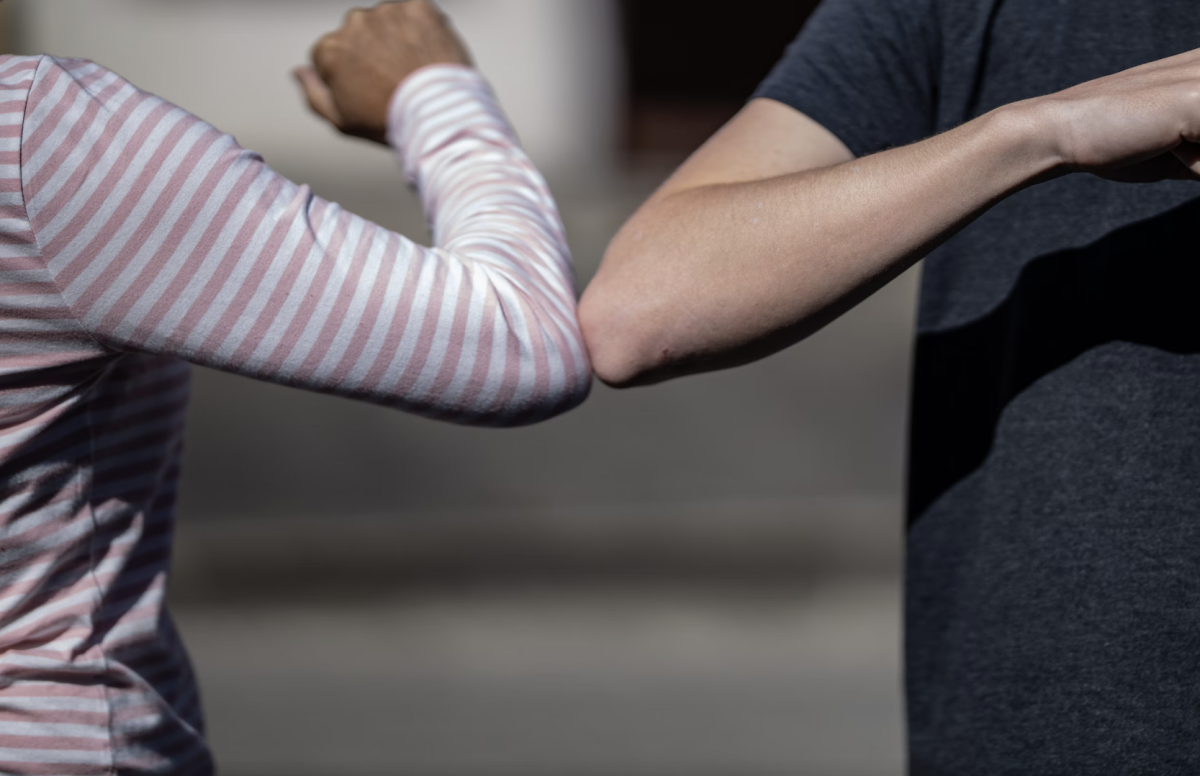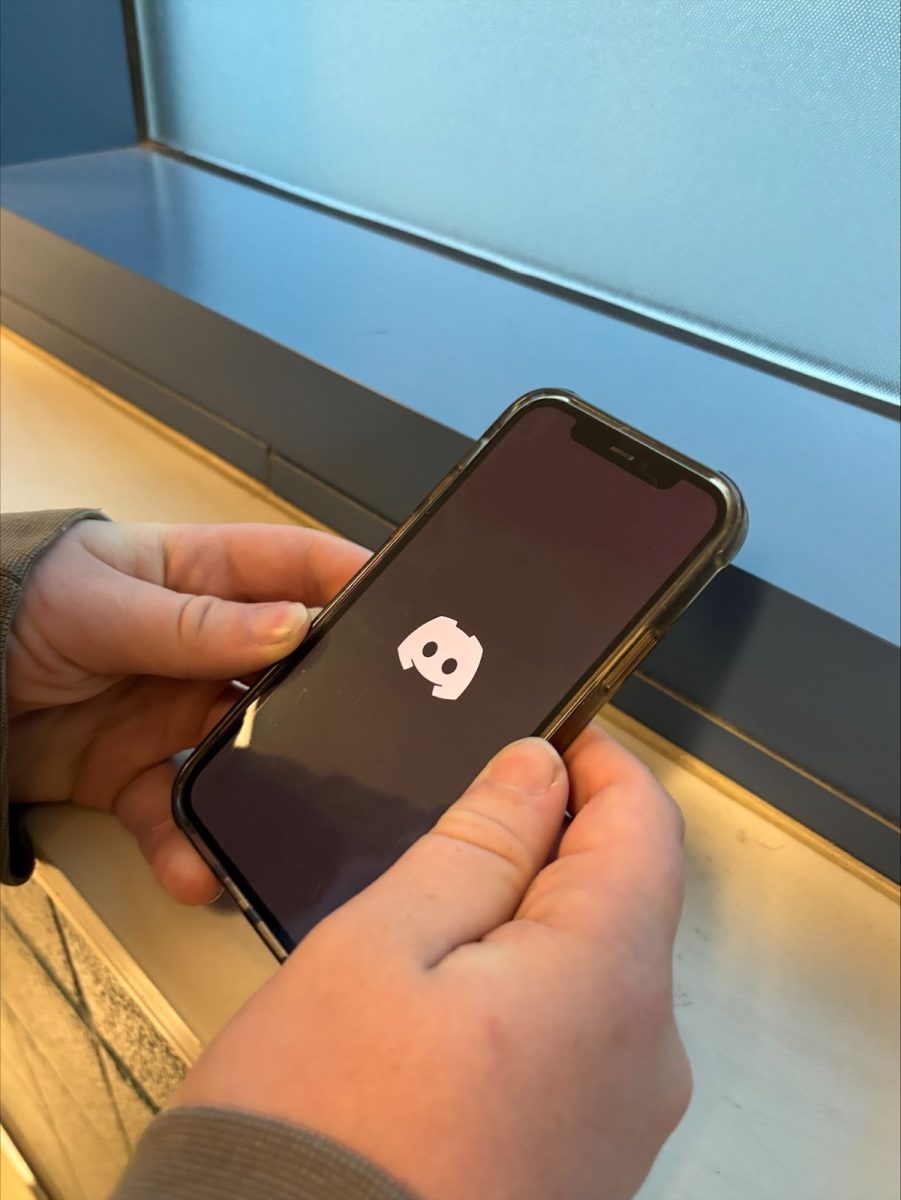A new variant of COVID-19 hit the U.S. hard starting early August. With over 15,000 patients hospitalized by the fourth week of August, the percentage of cases went up by 18%, making the overall increase 87% within the past month.
Schools around the country have battled with the new spread of the variant, and some have implemented temporary shutdowns; this has particularly been the case in states with rapid spread. Despite this, there is no widespread trend of school closings this school year. Mr. Colin Richardson, a social studies teacher at Green Hope High School, agreed with this sentiment, and said, “I doubt there is the political will to close schools again.” The evolving situation of increasing cases has raised the need for preventive measures. However, it has not reached the level of concern that it did during the peak of the pandemic throughout 2020 and 2021.
The Centers for Disease Control and Prevention (CDC) officially declared the end of the COVID-19 public health emergency on May 11, 2023. Experts, however, still worry about long-term implications of the virus. According to the CDC, current lack of pandemic data inhibits conclusions to be drawn, but experts have noticed a pattern of surging cases with every new variant. It will take several more years of data collection and analysis in order to determine its seasonality and whether COVID-19 has potential to become known as the “new flu”.
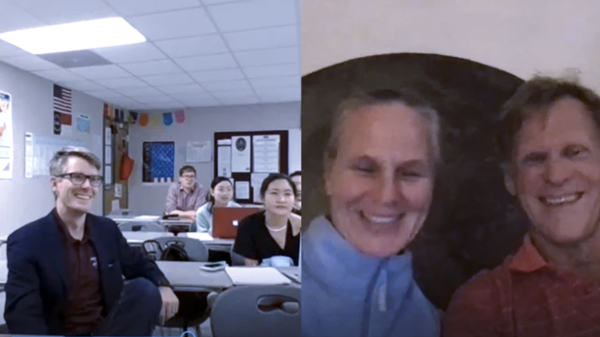
Mr. Richardson shares similar concerns to health officials, choosing to continue wearing a mask in school. He believes that individuals should take precautions against the virus when necessary but feels the situation is much less worrying as it was three years ago. “[W]earing a mask has never seemed especially onerous to me, in part because the school provided us with high quality, reusable, comfortable ones,” said Mr. Richardson.
However, he thinks that the school’s provisions contrast that of the government; he noted that the lack of safety equipment provided by the government may have future ramifications. “The federal government’s failure to [provide masks] for all Americans is one of the more obvious failures of our response,” said Mr. Richardson. He also maintains that wearing a mask at school reduced his stress in outside of work interactions. “Putting on a mask to lower my risk in some situations, [for example,] with 100 kids a day in a tight, enclosed space, gives me the freedom to not worry about masking when, say, running into a store or hanging out with a group of friends or being with my family,” he said.
Mr. Richardson’s primary motivation for taking additional COVID[-19] precautions is to prioritize his family’s safety, due to his wife’s immunocompromisation from her second pregnancy, “My wife was pregnant in 2021, so it was important that while she was immunocompromised I [did] anything I could to avoid bringing germs from school home. Then, my son was born a month premature and spent a month in the [neonatal intensive care unit]. At only 4 pounds, if he got sick at all there was very little doctors would be able to do. Now, my son is a healthier weight but my wife is pregnant and immunocompromised again.”
Green Hope High School biology teacher Ms. Julie-Anne Thomasch stated her thoughts on how unhygienic public habits have allowed the virus to spread. “[T]he problem is that there are people coming back to school, people have traveled, and they’re not following safety guidelines, and proper hygiene, and so it’s going to spread a lot quicker than it normally would [especially] because flu season is in October through March,” she said. She also strongly advocates for the use of basic hygiene routines such as hand washing and sanitizing to combat the continuous spread of coronavirus.
“I think it’s something that the world needs to realize – this should be the norm,” said Ms. Thomasch.

